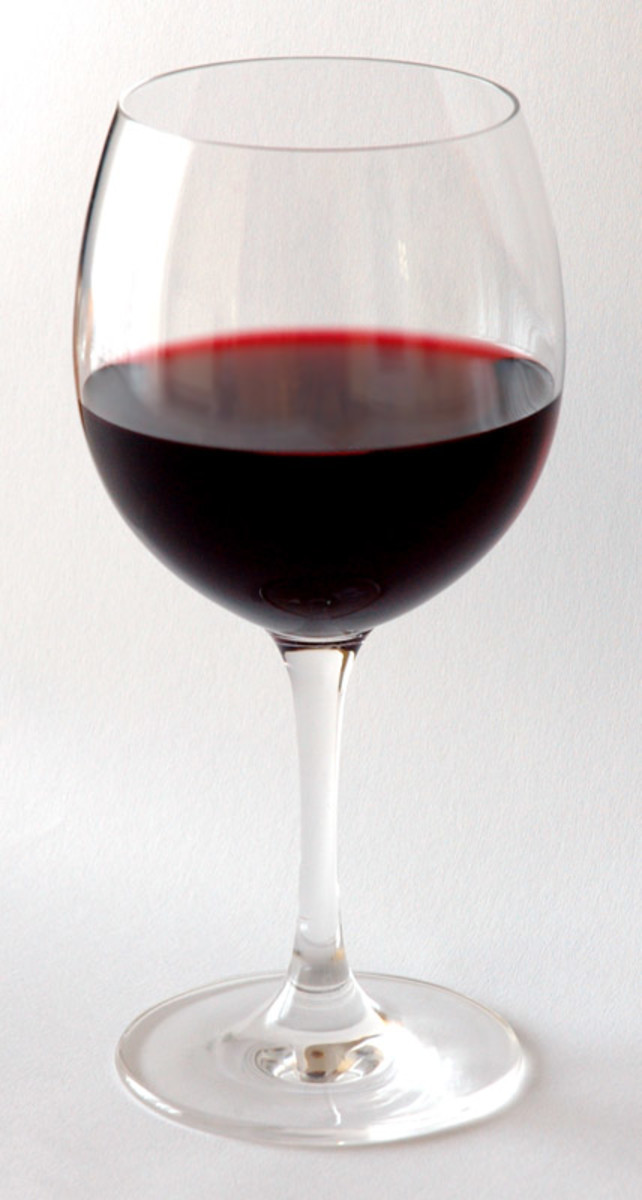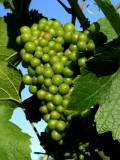A Beginner's Guide to Wine
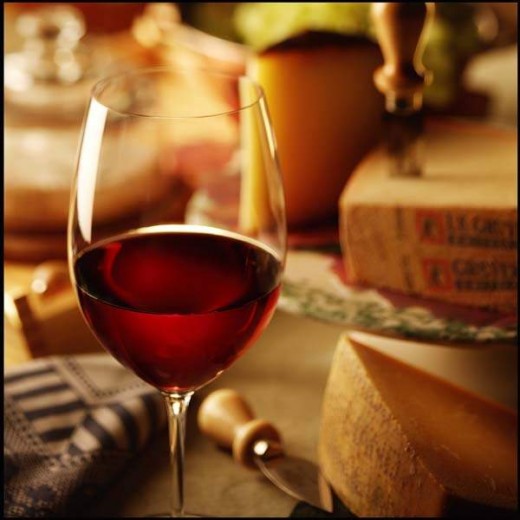
Ready for a little Wine 101?
Not everyone has a taste for wine, but many beginners who have just acquired the taste might feel overwhelmed when they encounter experienced wine drinkers.
I enjoy drinking wine at times, but I am by no means an expert. However, I don't want to find myself in an awkward social situation, without any knowledge of choosing, serving, or sipping a wine. Remember in Pretty Woman when Julia Roberts didn't know how to use the silverware when out to dinner? Well, this is similar. Of course, most of us aren't prostitutes in a business deal with Richard Gere, but we still want knowledge. Right?
I will update this page as I learn more, but feel free to add any thoughts, ideas, and information you have about Wine 101.
White, Red,...or Pink?
Other than their colors, just what are the differences between these wines?
White Wine tends to be a light color, ranging from faintly yellow to golden amber. Basically, you can see through it. White wine is made from the juice of either dark or light grapes. White wine is served chilled.
Red Wine is predominantly red in color, hence the name. Red wine is made from the juice and skins of dark grapes. The naturally dark pigment of the grape skins give red wine its bold colors. Red wine is generally served at room temperature.
Pink Wine, also called Rosé or Blush Wine, is a light pink in color. It is a table wine made from red grapes, with the skins removed after fermentation has begun.
Other Common Wine Names
Sparkling Wine is a bubbly table wine. This is basically a wine that, like other carbonated beverages, contains carbon dioxide bubbles. The most commonly known sparkling wine is Champagne, from the French region of Champagne. However, most wine producing countries have their own sparkling wine.
Fortified Wine, also called Dessert Wine, is wine that alcohol has been added to during or after fermentation. Fortified wine is often sweeter than other wines and contains more than 14% alcohol. A commonly known fortified wine is Sherry.
The Wine Glossary
Rather than flying blind when it comes to wine, familiarize yourself with some basic wine words. You'll find yourself talking fluently about wine in no time.
- Wine: A beverage made by fermenting grape juice. There are also fruit wines made from other fermented fruits.
- Fermentation: "The anaerobic conversion of sugar to carbon dioxide and alcohol by yeast." Huh? Okay, so yeast in the grapes convert sugar in the grapes (those lovely carbohydrates you either love or hate) to alcohol. Sweet: alcohol!
- Sulfites: "Natural chemical used almost universally in small quantities in winemaking to prevent spoilage and oxidation. Winds sold in the United States that contain more than ten parts per million of this preservative must be labeled Contains Sulfites." Those who suffer from asthma are advised not to consume sulfites. Many of my all-natural, organic, granola munching friends (yes, I've been known to fall into this category at times) avoid all wines that contain sulfites.
- Table Wine: Wine generally consumed with food, containing no more than 14% alcohol by volume.
For a more indepth wine glossary, click here.
What About the Wine Glass?
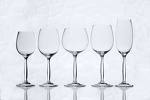
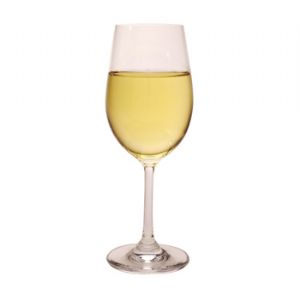
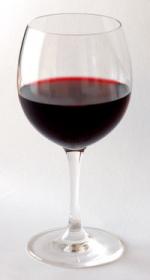

Now You Know About Wine, But
It is debatable whether there are right or wrong glasses to drink different kinds of wine out of. One argument suggests you drink wine out of any kind/shape/size glass you feel comfortable with. Other arguments lay out strict guidelines for the kind of glass you should use. You can choose for yourself, but here are some basic guidelines.
White Wines are usually served in a glass smaller than a red wine glass. It is also narrow, but not as narrow as a flute, to help the chilled wine retain its temperature.
Red Wine glasses tend to be bigger than white wine glasses. The bigger glasses are supposed to give off more of the richer aromas of a red wine. The rounder, wider bowl of this glass allows the wine to breathe.
Champagne Wines are generally served in elongated glasses that are narrow at the top. These glasses are called flutes, and are supposed to preserve the wine's fizziness.
While there are stemless wine glasses on the market, it is recommended that you use a stemmed wine glass. When drinking wine, you are supposed to hold the glass by the stem--this helps control the temperature of the wine. The temperature of the wine can be affected if you hold the bowl of the glass in your hand.
Start Your Own Collection of
- 'Two Buck Chuck' Wine
Depending on where you live, you can buy a bottle of Charles Shaw wine for as low as $1.99. Sold exclusively through Trader Joe's, Charles Shaw wines are Merlot, Cabernet Sauvignon, Chardonnay, Sauvignon... - Sweet Summer Wine
A review of an inexpensive white wine.



